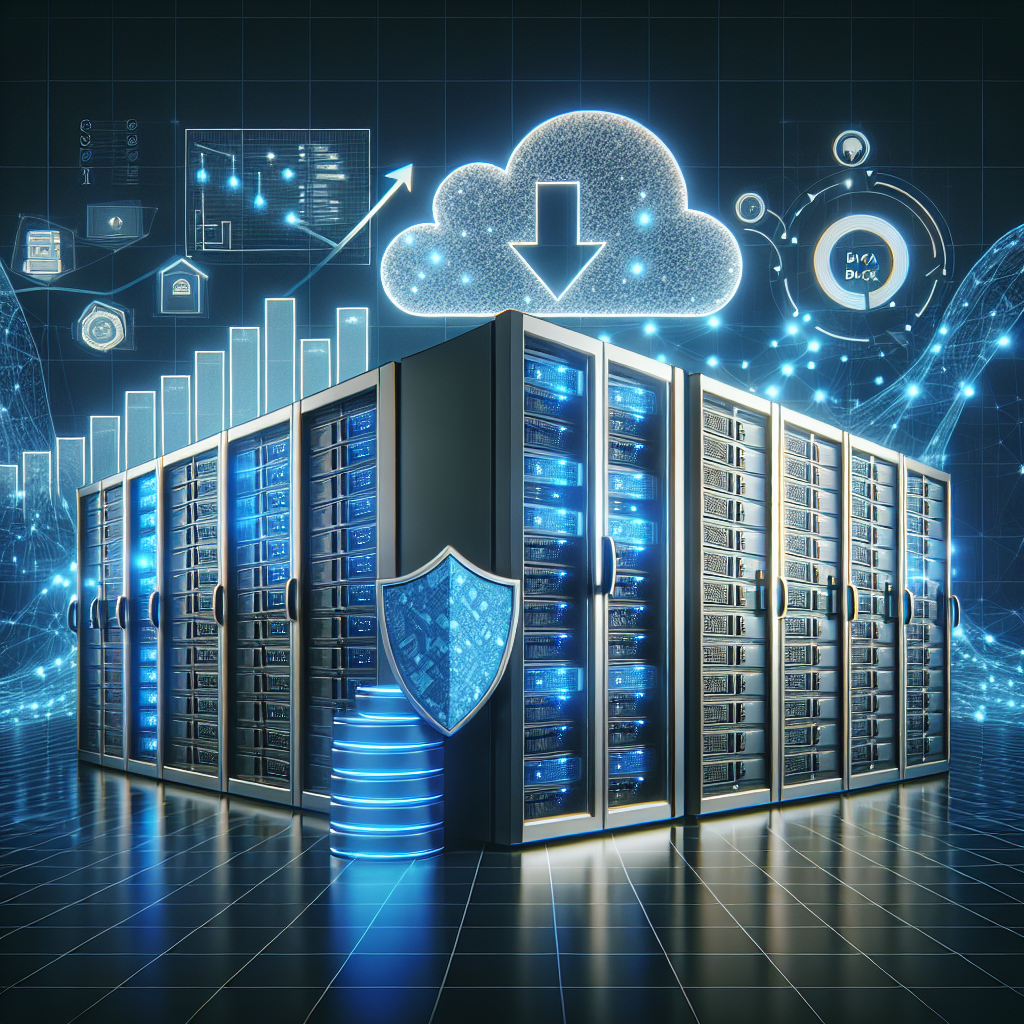Your cart is currently empty!
Data Center Backup and Recovery: Key Considerations and Trends

In today’s digital age, data is one of the most valuable assets for businesses. As organizations rely more on technology to store and manage their data, the need for robust backup and recovery solutions has become increasingly important. Data center backup and recovery is the process of creating copies of data and storing them in a secure location to prevent data loss in the event of a disaster or system failure.
Key Considerations for Data Center Backup and Recovery:
1. Data Protection: The primary goal of backup and recovery is to protect data from loss or corruption. Organizations should consider implementing a comprehensive data protection strategy that includes regular backups, encryption, and secure storage.
2. Recovery Time Objective (RTO) and Recovery Point Objective (RPO): RTO and RPO are two key metrics that determine how quickly data can be recovered after a disaster. Organizations should establish realistic RTO and RPO goals based on their business needs and budget constraints.
3. Automation: Automation is essential for ensuring that backups are performed regularly and consistently. Automated backup solutions can help reduce the risk of human error and ensure that critical data is always protected.
4. Scalability: As data volumes continue to grow, organizations need backup and recovery solutions that can scale to meet their evolving needs. Scalable solutions allow organizations to easily expand their storage capacity and accommodate growing data requirements.
5. Compliance: Data center backup and recovery solutions must comply with industry regulations and data protection laws. Organizations should ensure that their backup solutions are compliant with relevant standards such as GDPR, HIPAA, and PCI DSS.
Trends in Data Center Backup and Recovery:
1. Cloud Backup: Cloud backup solutions have become increasingly popular due to their scalability, cost-effectiveness, and ease of deployment. Organizations are leveraging cloud services to store backups offsite and ensure data availability in the event of a disaster.
2. Disaster Recovery as a Service (DRaaS): DRaaS is a cloud-based solution that provides organizations with a comprehensive disaster recovery plan. DRaaS solutions offer automated failover, data replication, and recovery testing to ensure business continuity in the event of a disaster.
3. Ransomware Protection: Ransomware attacks have become a major threat to organizations, leading to data loss and financial losses. Backup solutions with built-in ransomware protection features are gaining popularity as organizations seek to protect their data from malicious attacks.
4. Data Resilience: Data resilience refers to the ability of data to withstand and recover from various threats, such as hardware failures, cyber-attacks, and natural disasters. Organizations are investing in resilient backup and recovery solutions to ensure data availability and integrity.
In conclusion, data center backup and recovery are critical components of a comprehensive data protection strategy. Organizations should consider key considerations such as data protection, automation, scalability, compliance, and trends such as cloud backup, DRaaS, ransomware protection, and data resilience when implementing backup and recovery solutions. By investing in robust backup and recovery solutions, organizations can ensure the availability and integrity of their data in the face of evolving threats and challenges.

Leave a Reply